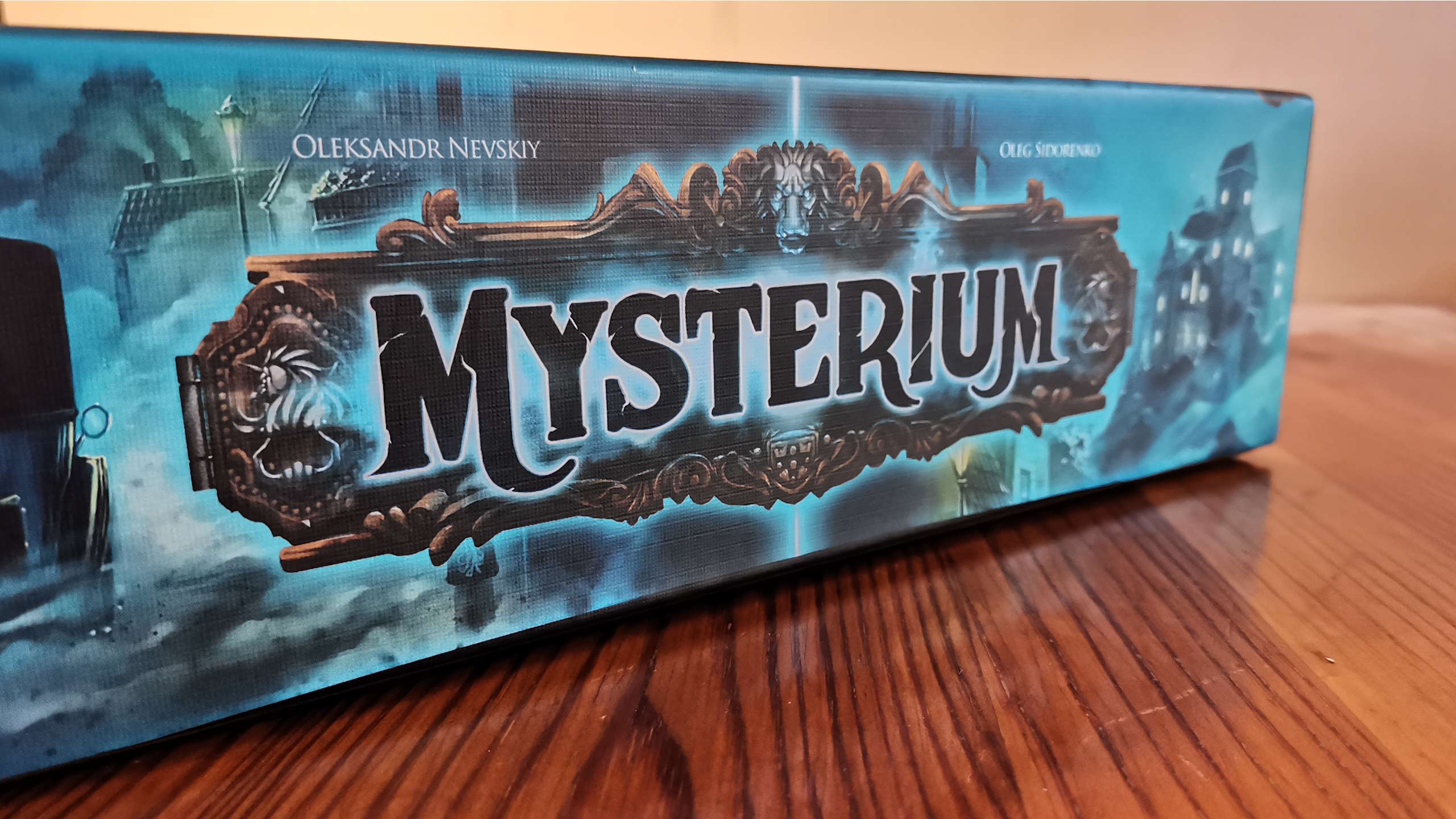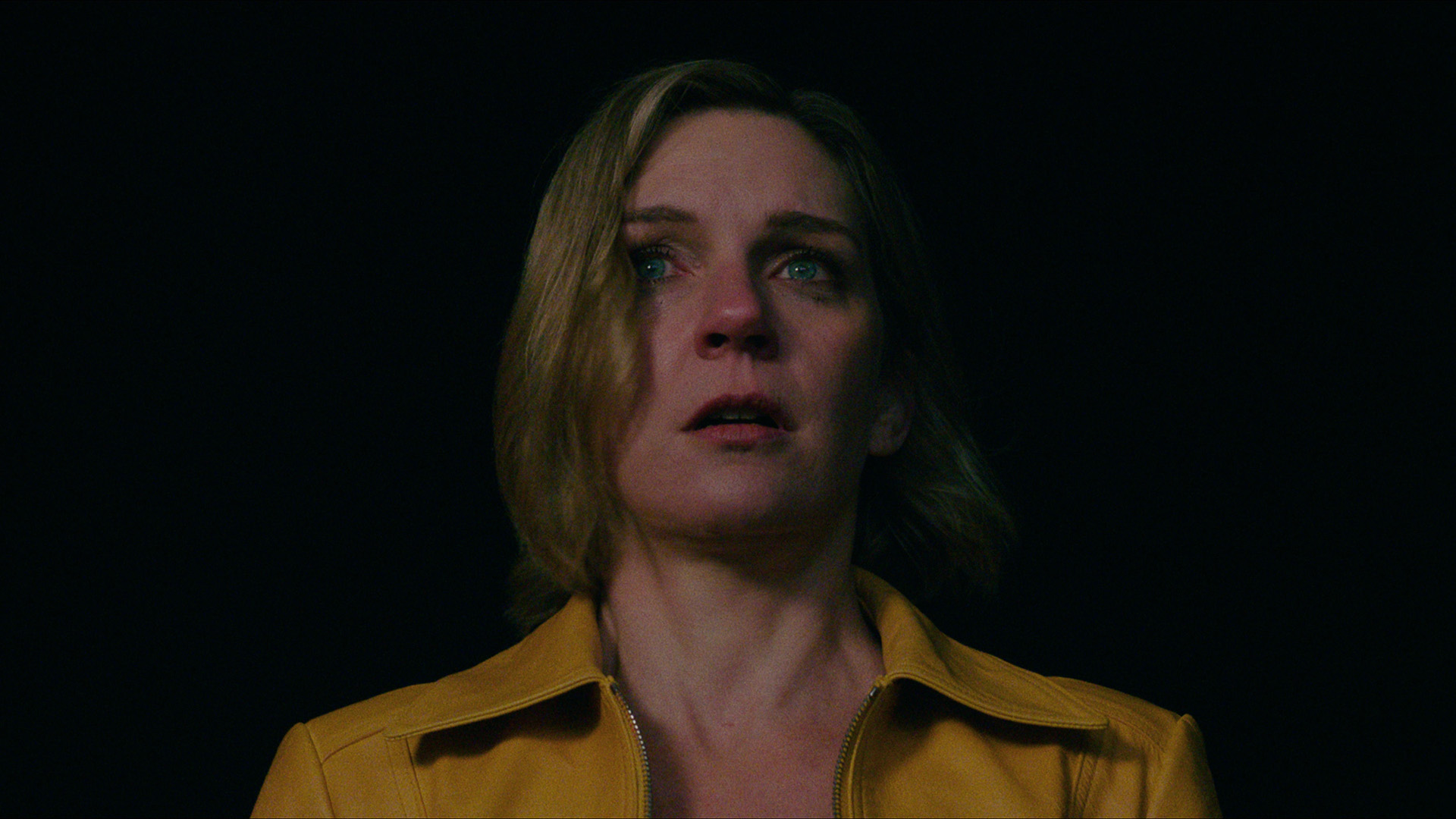Silent Hill f builds on the worst game in the series to make a far bigger statement, and I'm begging fellow Short Message haters to give it a chance
Opinion | Konami really got me in the first half, but Hinako only runs because The Short Message stumbled
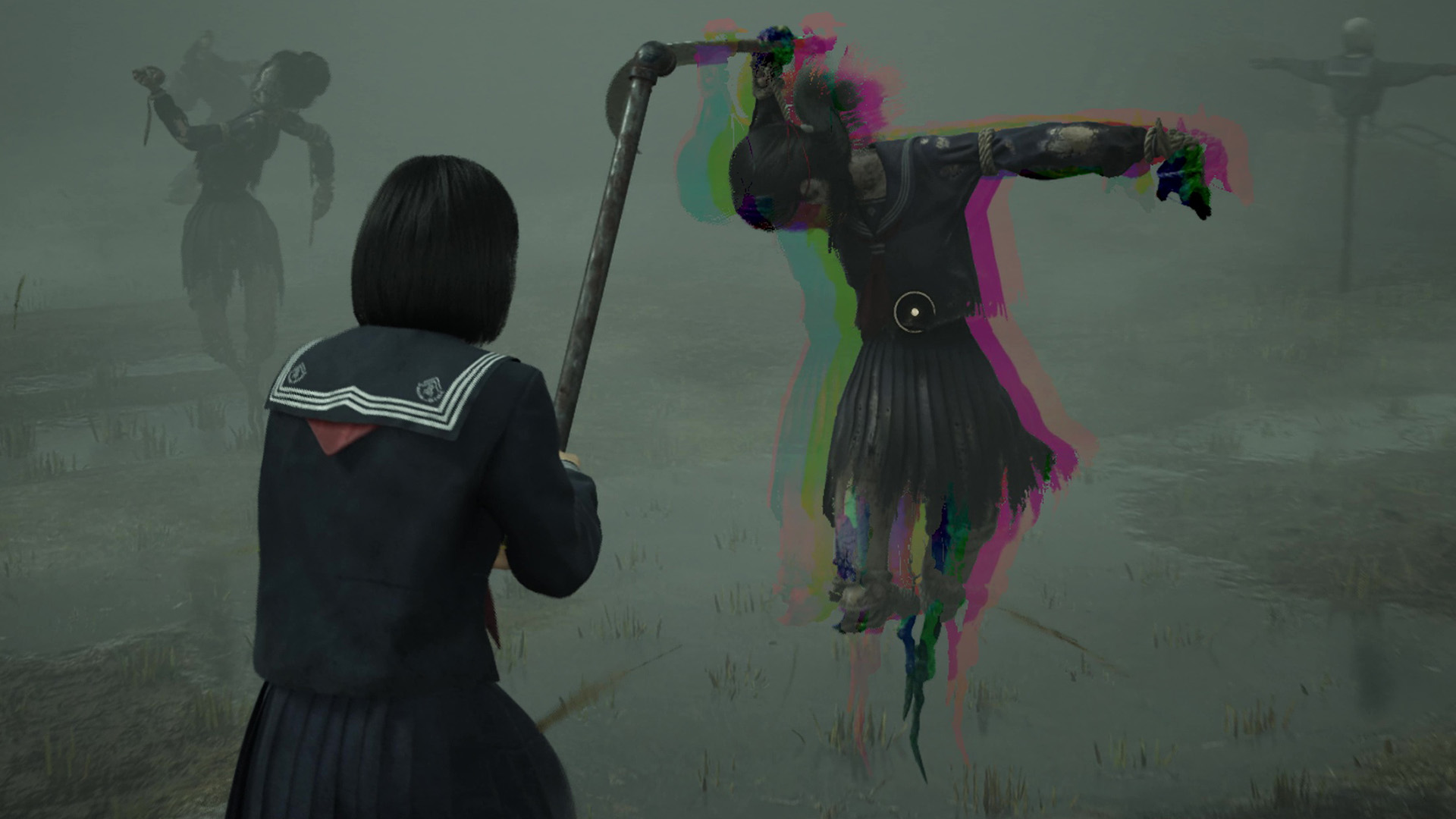
When Silent Hill: The Short Message made its free-to-play debut on PS5 last year, I was sorely disappointed. The horror walking sim vibes weren't the problem – if anything, I admired the PT-like slant – but the themes definitely were.
I stand by my assertion that conversations around teenage girlhood in The Short Message are stilted by its own format, addressed "with as much subtlety as a brick to the face". Here, the psyche of young girls is trivialized to the point of mockery – how silly they are! How shallow! How little they understand of the world! – as its protagonist languishes in adolescent misery. Think 13 Reasons Why, but condensed into two hours.
The Short Message did nothing to complicate the stereotype of female hysteria. If anything, it bolstered it, asserting that suicide is a dramatic, tragic, somewhat stupid occupational hazard of being a girl.
Enter: Silent Hill f. The latest addition to the mainline series delivers not only our first female protagonist in decades, but a powerful, unflinching statement that never forgets its roots. Those sit in the 1960s Japanese view of family and womanhood, but they also reach back to what The Short Message laid the foundations for without us ever knowing it.
Growing pains
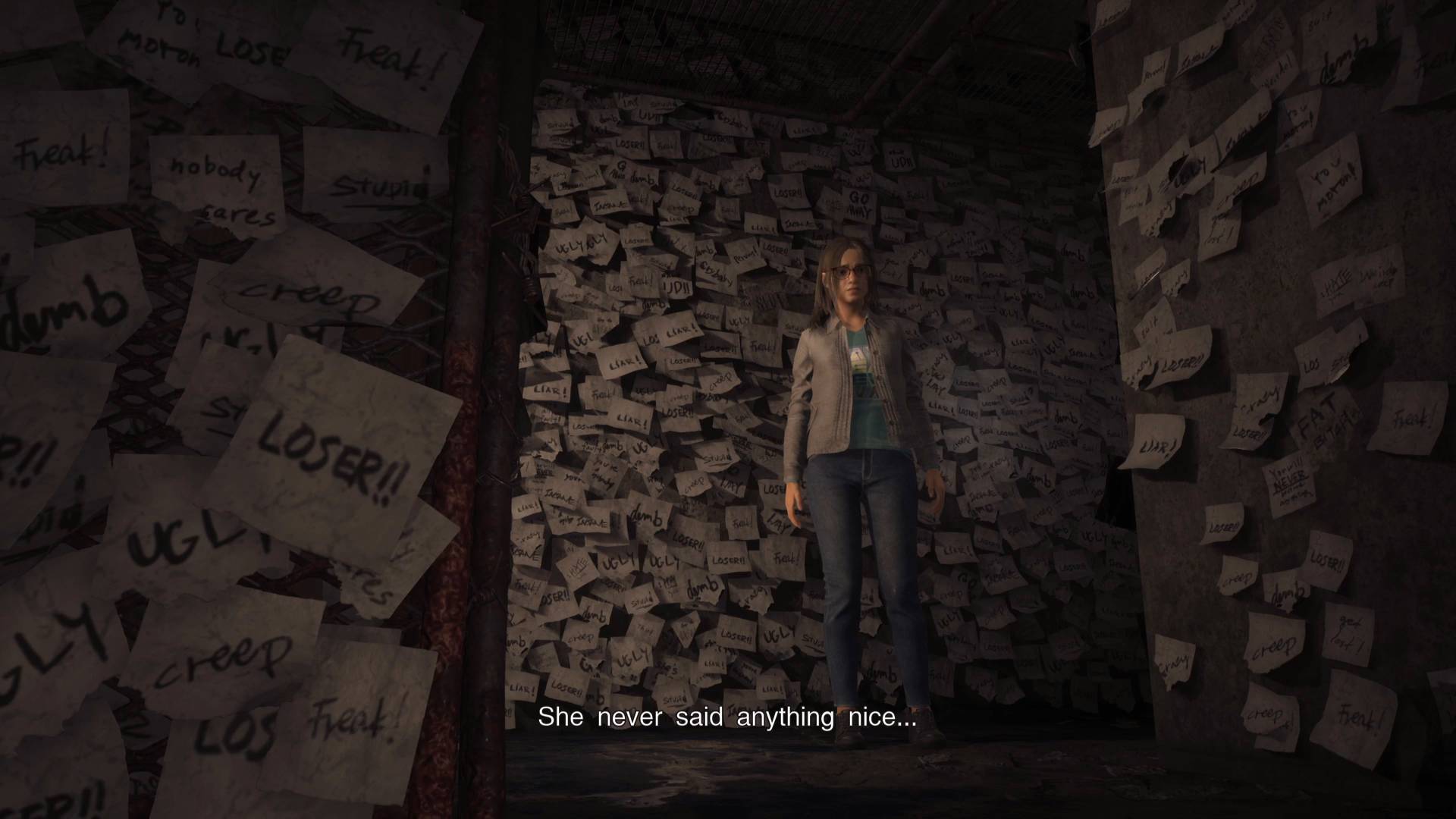
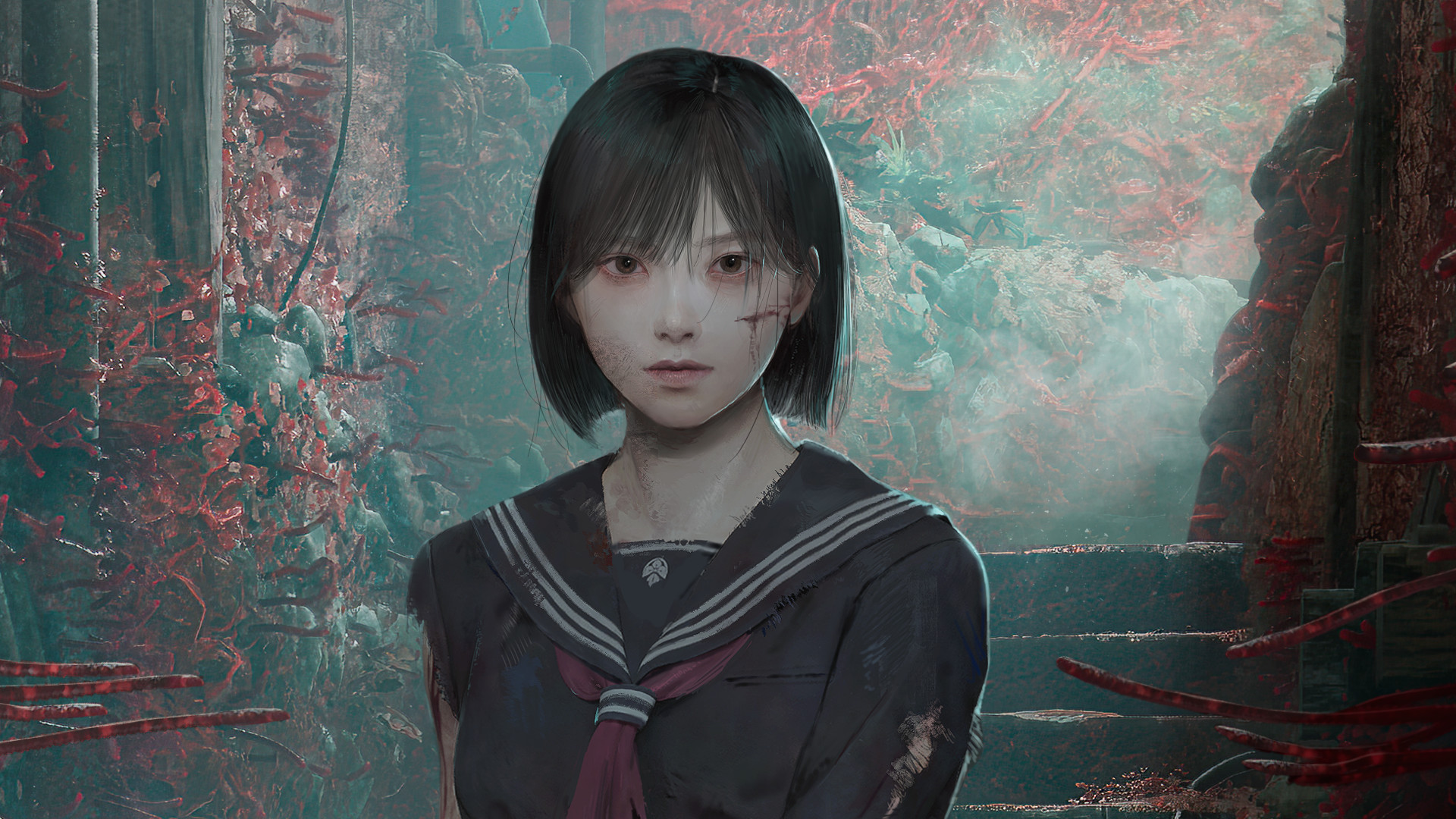
The Short Message, as you might expect, is a very short game with too limited a scope to tackle the themes woven throuhout. It's not that I think Konami deliberately made a sexist game – it's that the game didn't have time to unpack itself. The result is a compact melodrama of suicidal teens, playground bullying, and jealous frenemy culture in modern high schools.
But those themes also ring true in Silent Hill f. Set in 1960s Japan, Hinako herself experiences bullying and being spurned by friends, viewing herself as "not like the other girls". She wants to be treated like one of the boys, rejecting the proper expectations of women and girls of her time, and is oblivious to her best friend and "partner" Shu's crush on her (and other sinister interests he has in her future) and the jealousy it sparks in others.
Since a central theme of the game is marriage and female autonomy in mid-century Japan, Hinako seems more humbled than distressed by others' opinions. Her friends view her as a traitor, leaving them behind for a marriage they have no idea she does not want, and we are frequently confronted with the deep psychological torment Hinako suffers as a shunned 16 year old girl. In brief, it works with much the same themes as The Short Message while actually interrogating them.
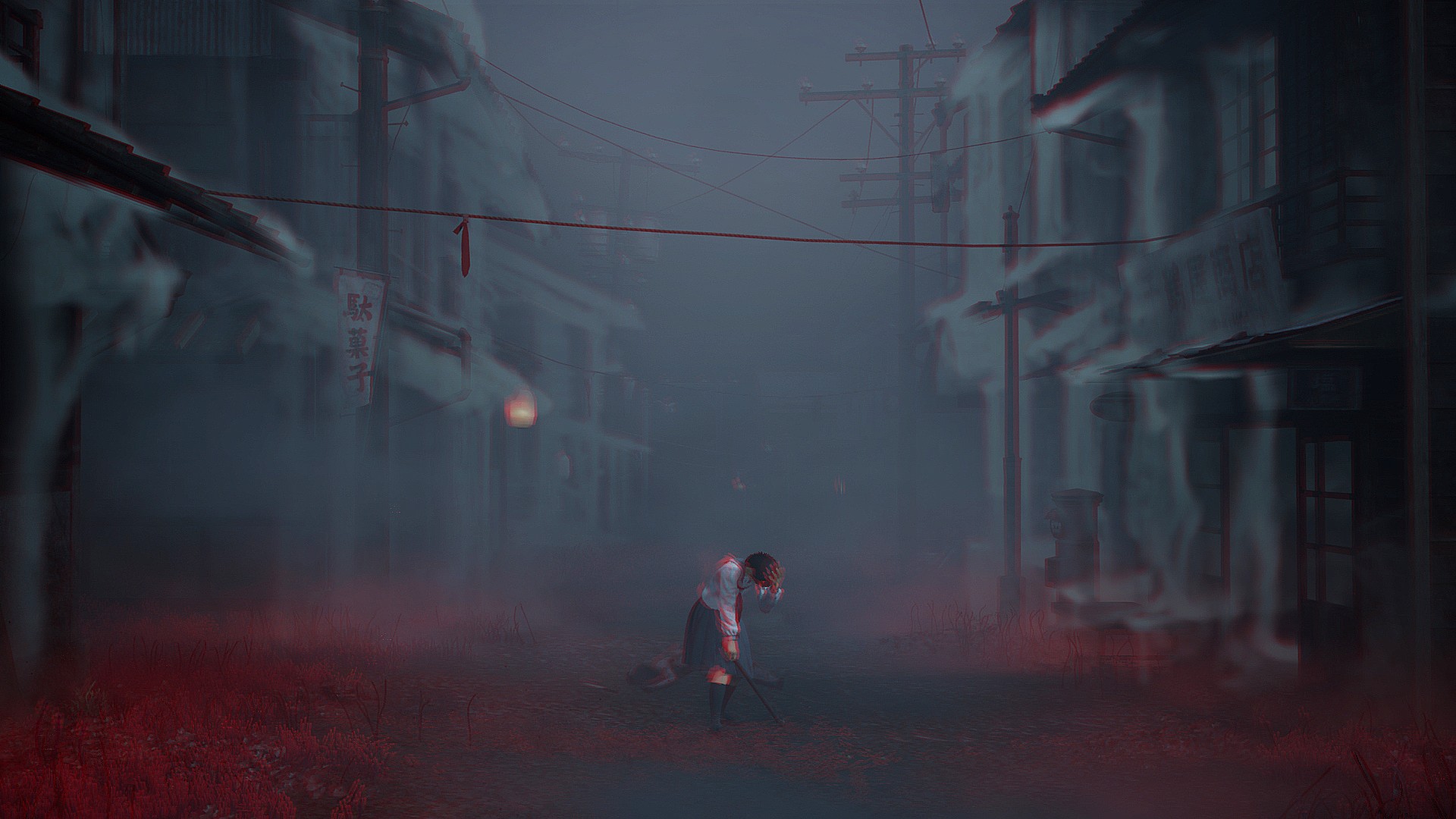
Both convey an element of beauty in terror, a feminizing touch that proves no less malevolent or aggressive.
Not only is Silent Hill f better equipped to relay these themes, with environmental clues and lore pickups demonstrating societal norms instead of shouting them repeatedly in our faces, the setting of the 1960s adds a new layer.
The themes touched on – or rather, grabbed at with careless hands – in The Short Message are revealed to have long tendrils reaching back in time. Hinako's experience is not a unique one. It's entrenched in the deepest realms of her culture and has ripple effects to the present day. Her struggles to overcome heavy expectations feel somewhat prophetic, and it makes me look at The Short Message in a far more forgiving light.
I'm yet to finish my first Silent Hill f journey, but already, I appreciate how Konami has done a total 180 on The Short Message's biggest pitfalls. It's a work of narrative brilliance, something I'd expect from a storytelling talent like Ryukishi07, that helps bring both games into perspective.
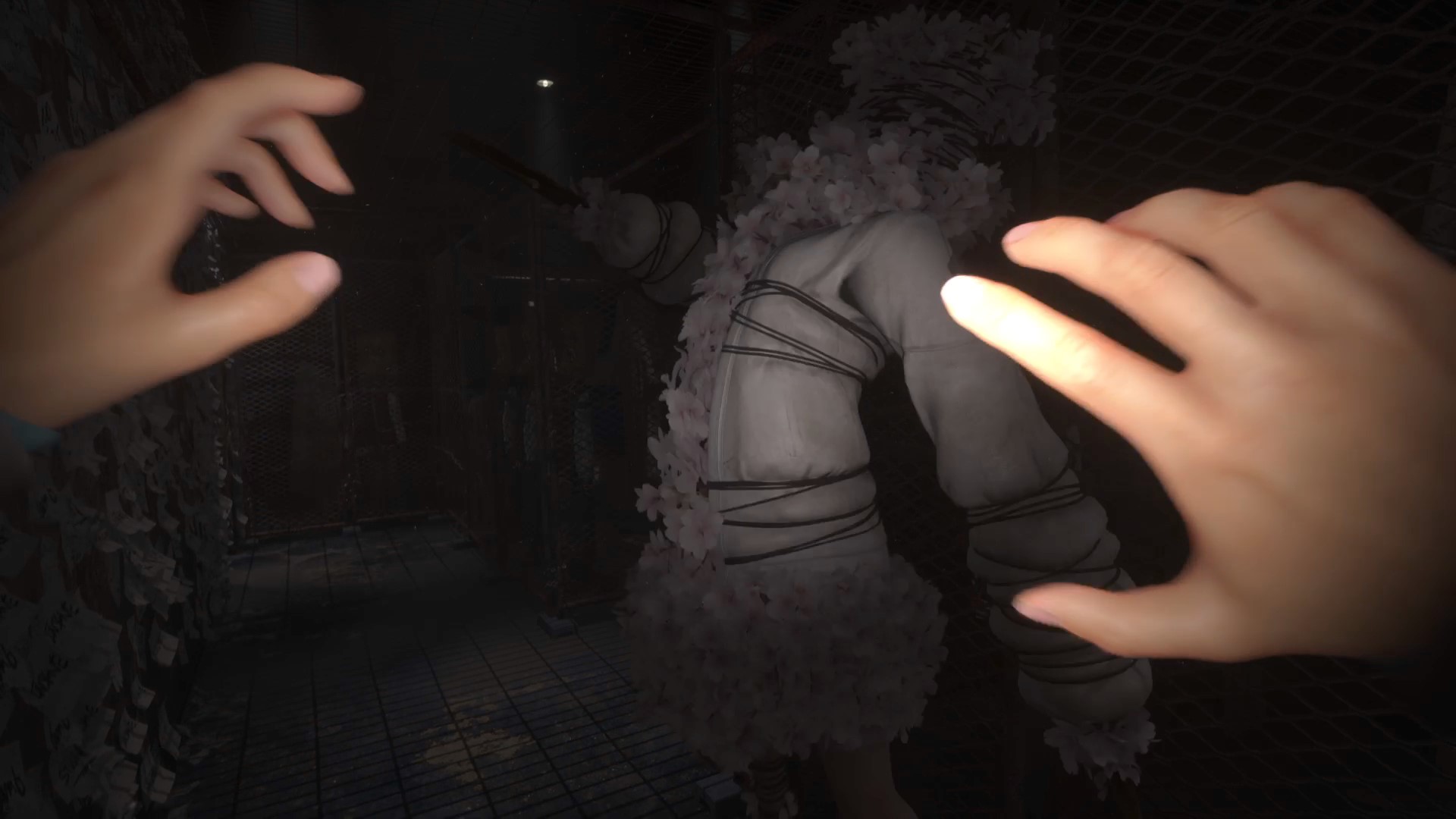
Even the visual design elements hold similarities – pink-petaled Sakura Head, the relentless pursuer in The Short Message, seems inextricably linked to the red spider lilies present throughout Silent Hill f. Both convey an element of beauty in terror, a feminizing touch that proves no less malevolent or aggressive than Silent Hill 2's Pyramid Thing in all its sharp, angular evils.
I could write reams about why these two games could not exist without each other, but suffice it to say that I want to issue an apology for doubting Konami in the first place. The Short Message falls flat on its own, but with Silent Hill f beside it, the one-year wait for the punchline was definitely worth it.
Check out the best Silent Hill games to play if you've wrapped up Hinako's journey
Weekly digests, tales from the communities you love, and more

Jasmine is a staff writer at GamesRadar+. Raised in Hong Kong and having graduated with an English Literature degree from Queen Mary, University of London in 2017, her passion for entertainment writing has taken her from reviewing underground concerts to blogging about the intersection between horror movies and browser games. Having made the career jump from TV broadcast operations to video games journalism during the pandemic, she cut her teeth as a freelance writer with TheGamer, Gamezo, and Tech Radar Gaming before accepting a full-time role here at GamesRadar. Whether Jasmine is researching the latest in gaming litigation for a news piece, writing how-to guides for The Sims 4, or extolling the necessity of a Resident Evil: CODE Veronica remake, you'll probably find her listening to metalcore at the same time.
You must confirm your public display name before commenting
Please logout and then login again, you will then be prompted to enter your display name.
